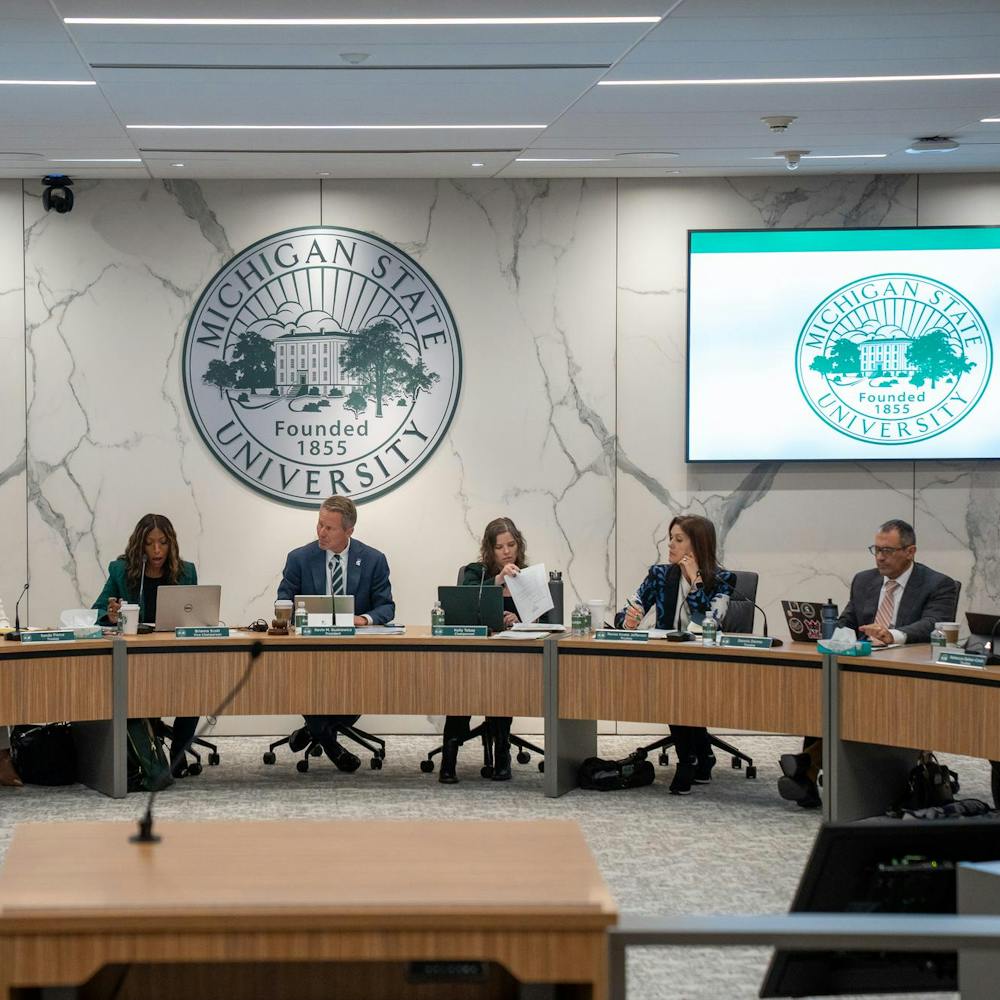Facing a record enrollment of 49,300 students this year, MSU officials are discussing plans to curtail total enrollment in the future. So far, officials posed a possible solution of putting a cap on the total amount of students at around 48,000. The solution poses some questions about how the university will reach this number.
This could be a manageable goal, seeing as how MSU’s mission always has been to keep up with our enrollment goals without being academically biased toward who is accepted. Our institution selects applicants to become Spartans based on the sheer well-roundedness each individual possesses, and Office of Admissions Director Jim Cotter said he does not anticipate a significant increase in admittance difficulty.
Our campus just isn’t suited to sustain these growing numbers.
It’s evident to many that MSU already has a parking issue on campus. With the student numbers flooding into our university, the infrastructure needed to house that many people just does not exist.
A record number of applicants this year shows there are more people than ever interested in coming to MSU. Limiting the admittance of first-year students would help alleviate the pressure of housing and parking.
Transitional housing still is an unavoidable circumstance, which we want to expedite.
One of the reasons we have such a large enrollment could be that people just aren’t graduating on time. They are staying longer, past the traditional four-year plan.
So, what is the solution?
To start, we could impose a plan for better academic advising. The Academic Orientation Program, or AOP, already faces the challenge of enrolling almost 8,000 freshman for classes prior to fall semester. Advisers are shorthanded and overwhelmed by the numbers already. If a greater analysis of a student’s interests were done beforehand, the AOP scheduling of classes could run much smoother. In turn, advisers would be able to tailor their student’s courses to something they most likely would pursue a degree in.
This seems easy enough to say, but it is hard to implement. And even if we set up our students on the fast-track to graduate, there’s no guarantee they would have enough time to figure out what field they are most interested in.
Another way to be sure incoming freshman graduate on time could be registering them in “weeder” classes to ensure they get a sense of their major before they become upperclassmen.
This also could prove problematic.
The question “Is there enough time?” still looms. We don’t want to rush students into their major, especially for those who are undecided or unsure of exactly what they want to do. But general education classes instead of “weeder” courses might not allow students to figure out what they want to do for the rest of their lives, either. It depends on the person. But it would stay true to the traditional route many Spartans take.
Cutting through some “introductory fat,” courses that ease students into a major with a light workload and broad overview, prevents student’s future uncertainty in terms of degree commitment. But could it cause added confusion for others? The answer still is unclear.
Even so, committing to a student cap of 48,000 is a beneficial goal.
Support student media!
Please consider donating to The State News and help fund the future of journalism.
Discussion
Share and discuss “Student cap hinges on timely graduation” on social media.






